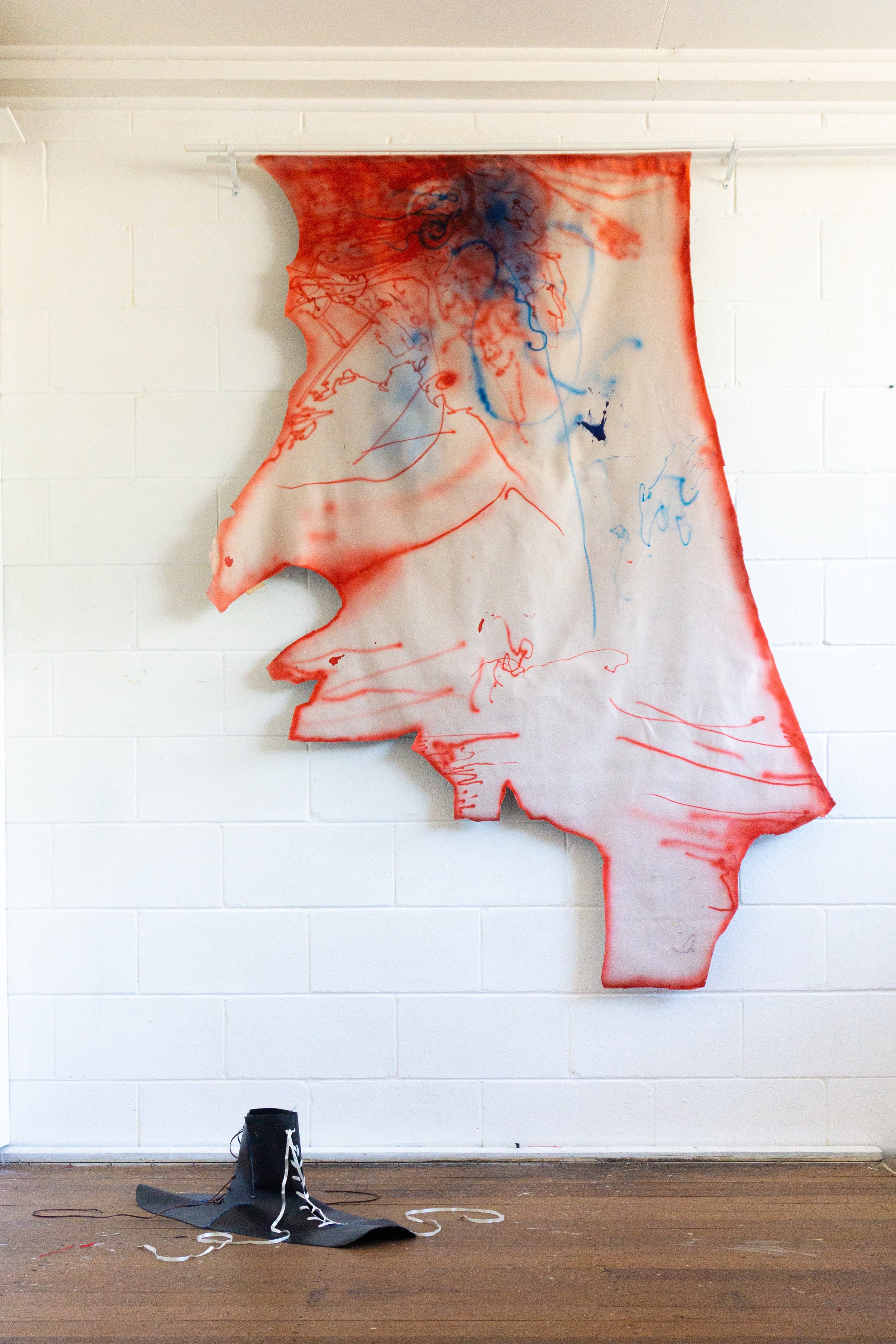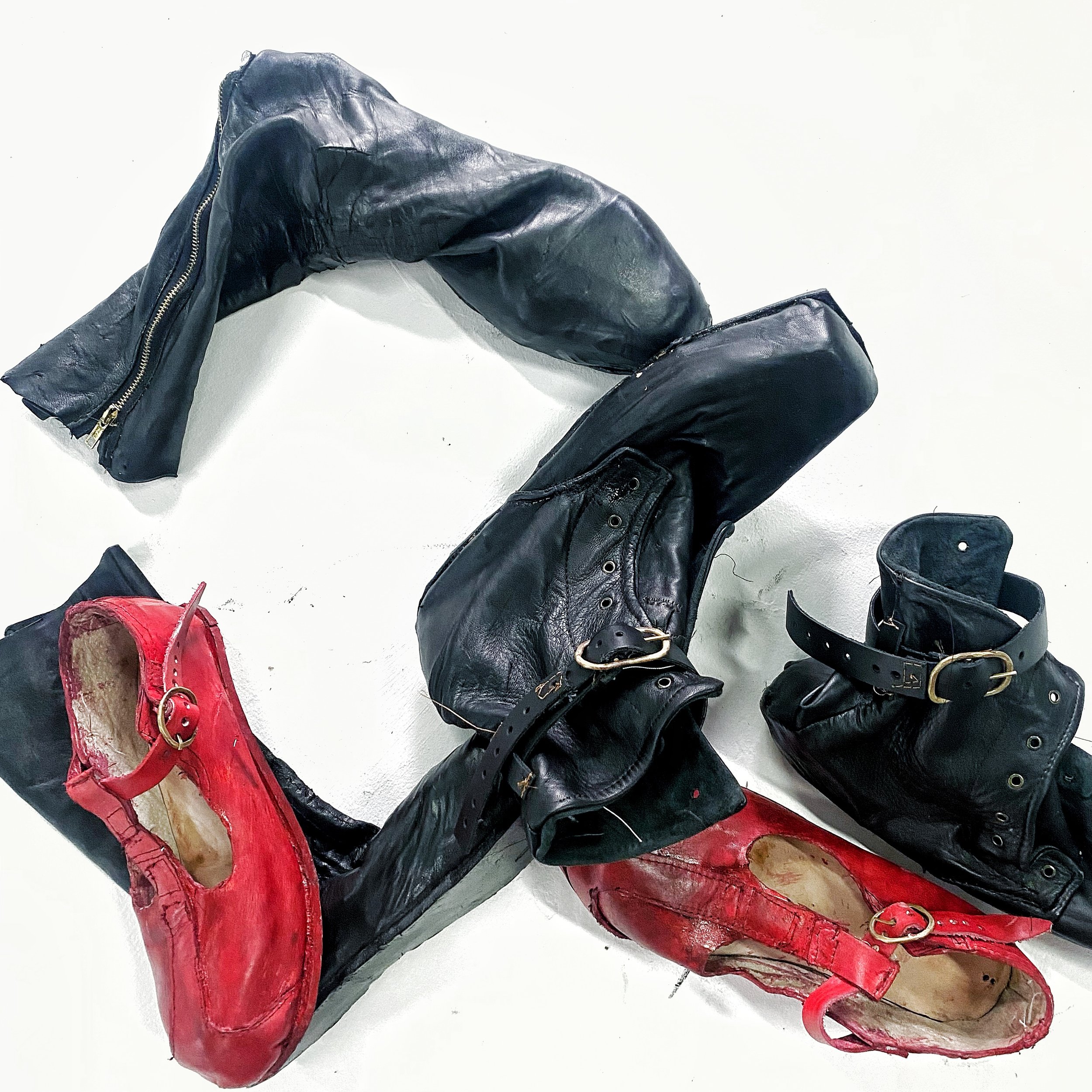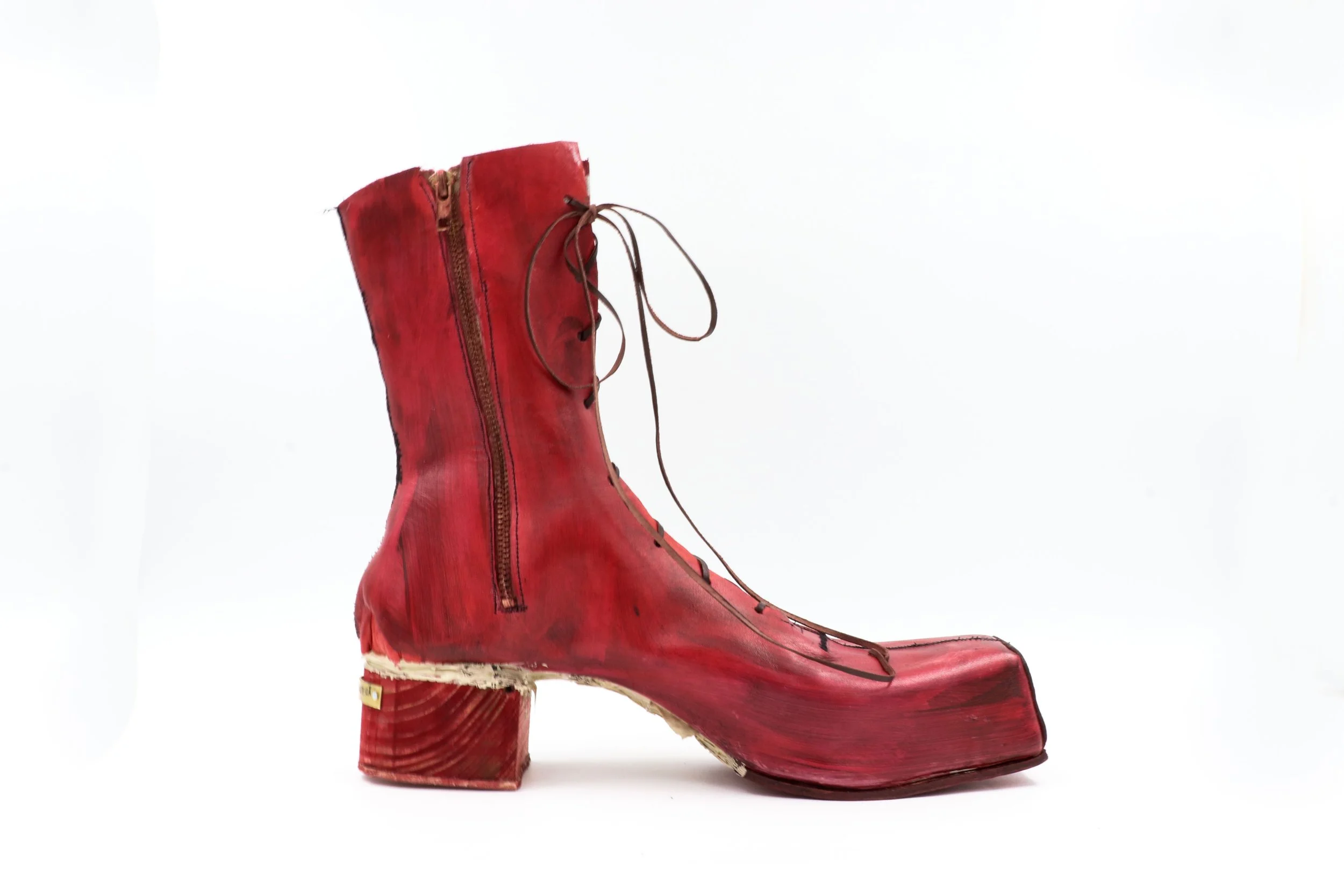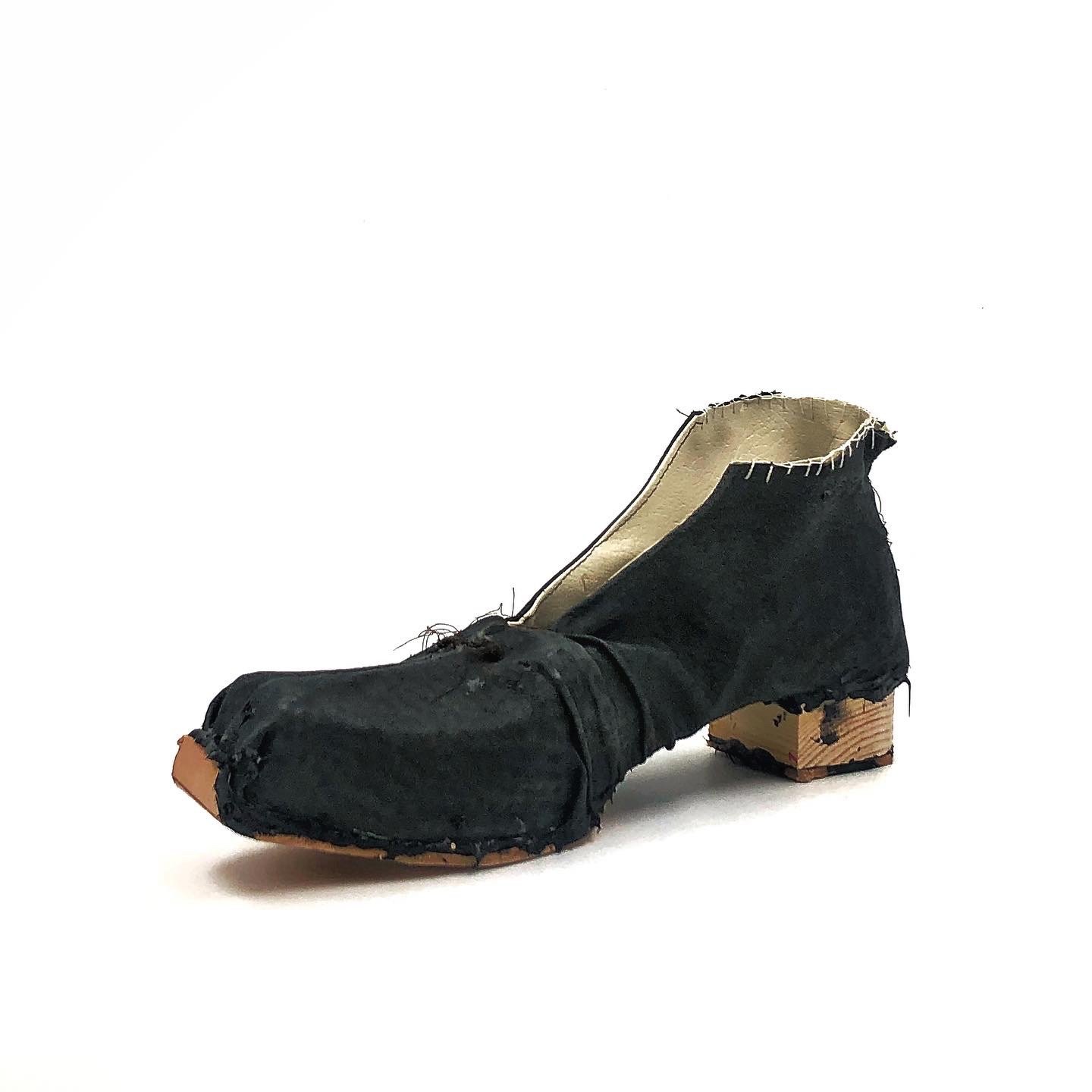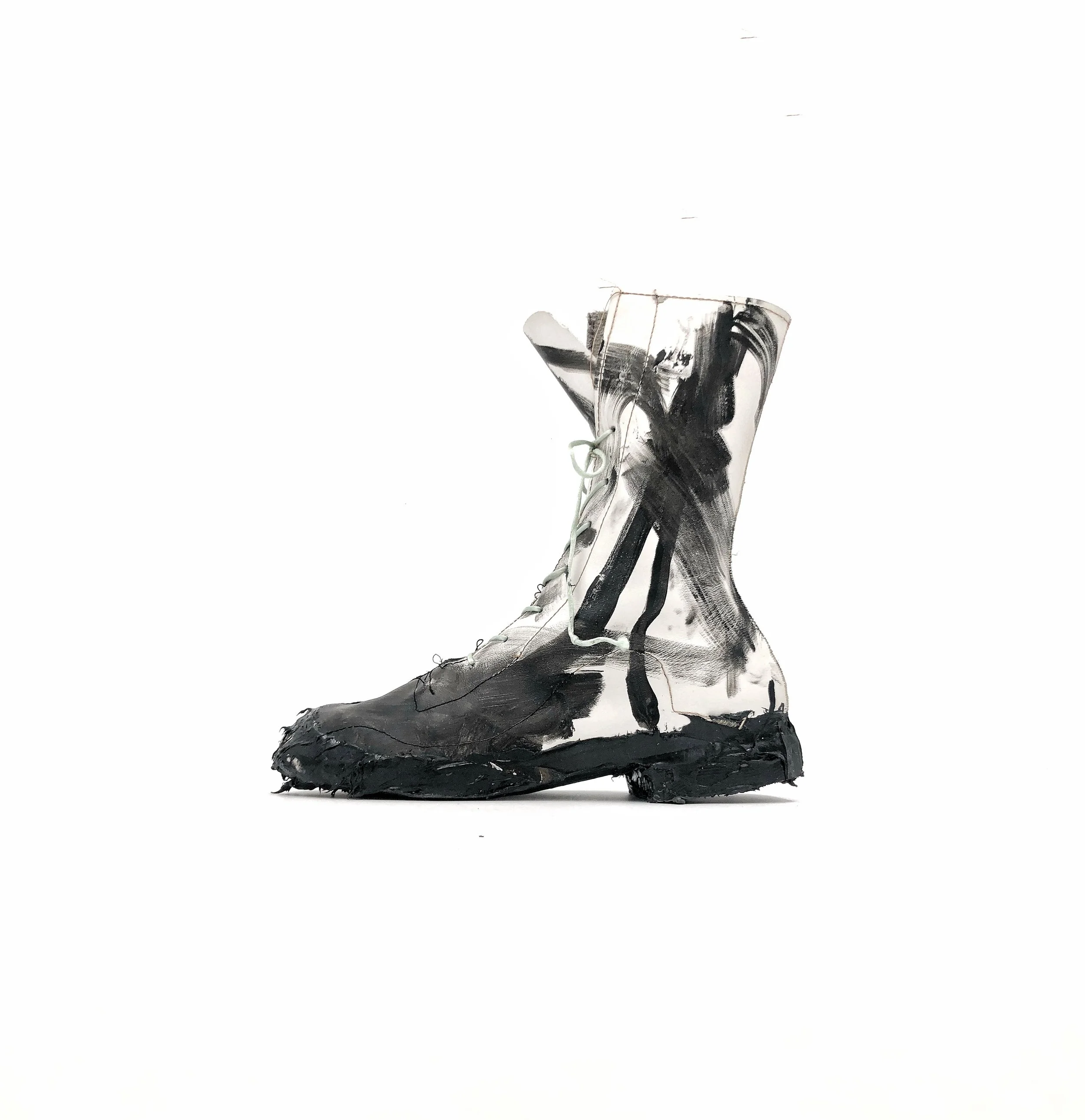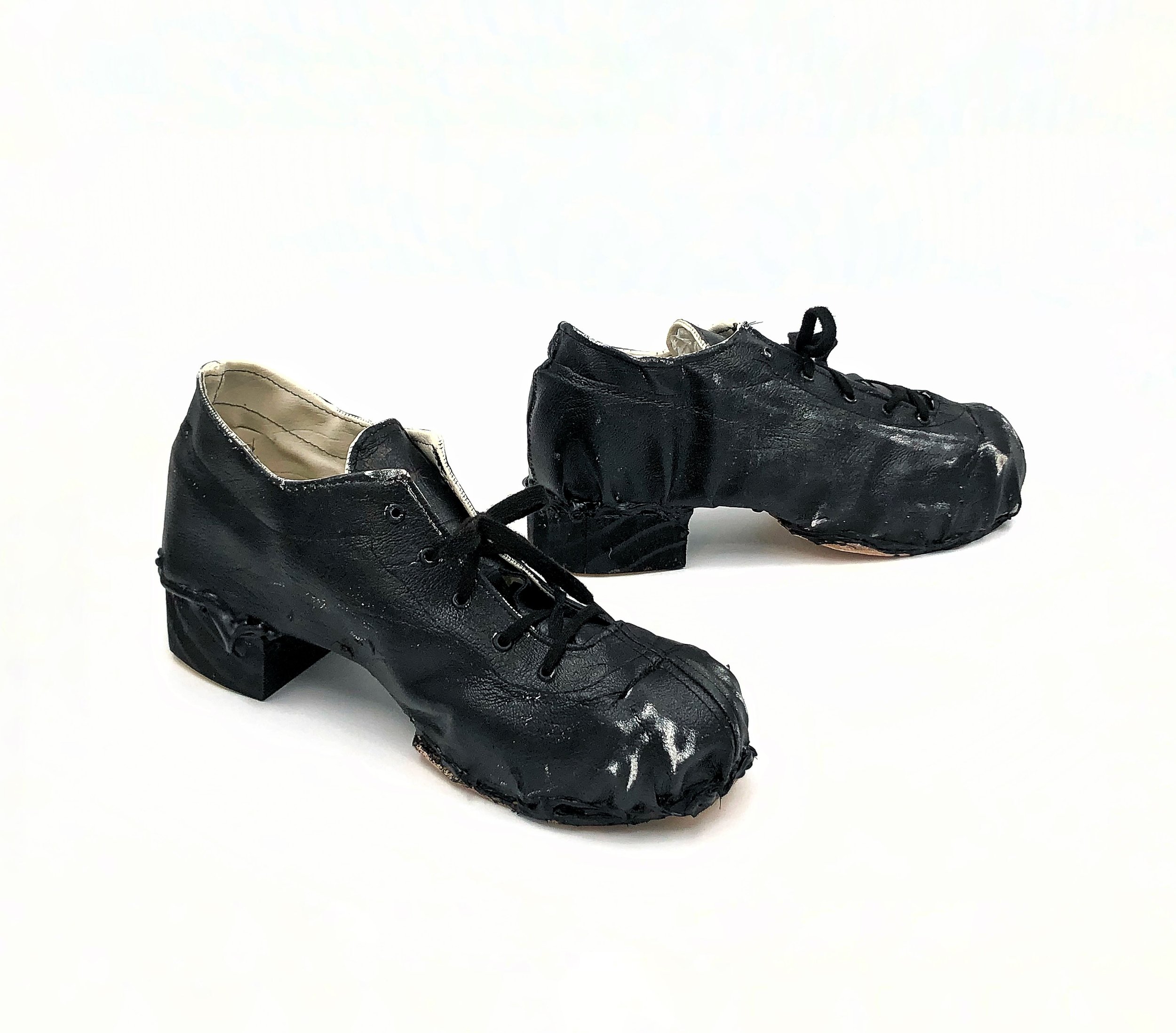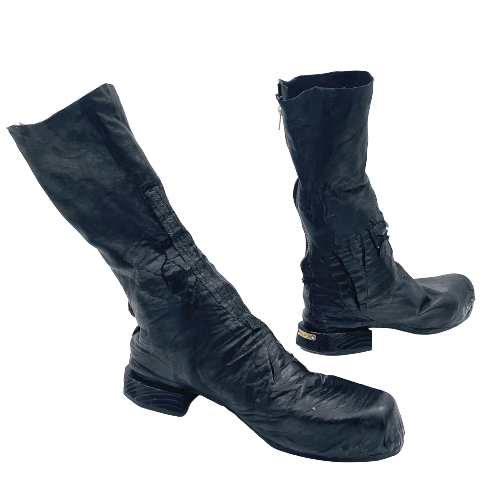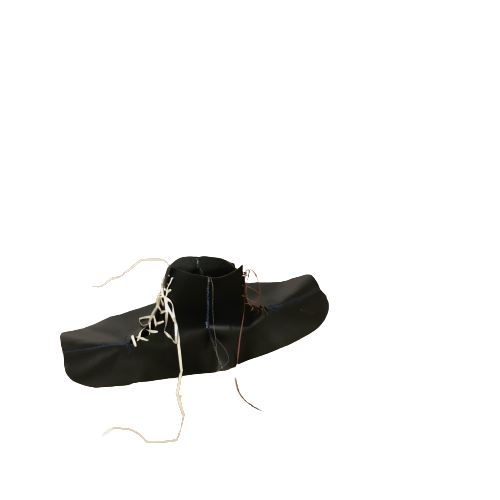WHERE DO I STAND
WHERE DO I STAND
WHERE DO I STAND
WHERE DO I STAND
WHERE DO I STAND
WHERE DO I STAND
WHERE DO I STAND
WHERE DO I STAND
WHERE DO I STAND
WHERE DO I STAND
WHERE DO I STAND
WHERE DO I STAND
WHERE DO I STAND
WHERE DO I STAND
WHERE DO I STAND
WHERE DO I STAND
WHERE DO I STAND
WHERE DO I STAND
WHERE DO I STAND
WHERE DO I STAND
Walking a Day in the Shoes of Joseph Botica
Meanjin (Brisbane)
Have you ever wondered, ‘where do I stand?’. And not in the literal sense but rather where do you stand in the world. What do you stand with? Or what do you stand against? It is a rather vast thought, which can lead to a rabbit hole of more questions. One person that has been down this rabbit hole is Joseph Botica, a multifaceted artist whose recent work has been driven by this singular prodigious question.
Creating on the unceded lands of the Turrbal Nations, Joseph Botica is an emerging artist whose exploration is driven by the form of abstract impulsion. After beginning their Arts Degree in 2019, Joseph has been transcending previous dispositions, in order to better understand their personhood. As of late, Joseph has been focusing on their shoe making endeavours, in hopes to better understand where they stand. Joseph and I sat down in Meanjin’s humidity and chatted about how it was for a queer kid growing up in rural Queensland and how this inspires their work today.
Interviewed by Lillian O’Neill (she/her)
WHERE DO I STAND
WHERE DO I STAND
WHERE DO I STAND
WHERE DO I STAND
WHERE DO I STAND
WHERE DO I STAND
WHERE DO I STAND
WHERE DO I STAND
WHERE DO I STAND
WHERE DO I STAND
WHERE DO I STAND
WHERE DO I STAND
Hi Joseph, thank you for making the time to sit down and chat. To start off with could you tell us a little bit about yourself and how your interest in art began?
Hi! My name is Joseph Botica and I am an artist working and finishing up my art degree in Brisbane and I think that I have made art my whole life. Art has always been just like breathing. I think Yoko Ono says, “Art is a matter of life or death”, and that's how its felt for me. I majored in jewellery and small objects and through that became interested in the wearable. So I have made jewellery and clothes, then in 2021 I arrived at shoes. Something that underpins my practice is compulsion and a sort of intuition and allowing something completely unconscious to manifest. Then at any point after it has been manifested, starting to understand where that came from. As much as it doesn't matter where it came from as I’m making it, it does come from somewhere and after it's been made, I can learn about that and then it can be quite cathartic to understand the impulsion. That is definitely present in my recent shoe making practice as well. Something that I have always noticed about the world I live in, which has felt really unnatural to me, is how we are constantly interacting with objects; cognitively there is this dissonance. We have no idea how these objects are made and there are these connected looming ideas like factories, ‘made in China’, but there are no images that come to mind for most of these things. I remember as a very young child, I would ask my mum, “how do you make a house?”. My mum would say, “well you lay the foundation and then make sure it is really sturdy and then you build a house on top”, and she would give me a pretty good answer. But then I would say, “But where would the toilet come from?”, I think I just really wanted to understand and that has been a really abstract thing in my brain that has underpinned all my work.
You just spoke a little bit about your inspiration coming from objects and furthermore the production of them, but out of all objects, why shoes exactly?
This definitely relates to what I said about compulsion and the dynamic of making first and understanding why after. Firstly, all I knew was that I needed to make shoes. Eventually a conceptual networked formed around the ethics and understanding of shoe making as something particularly important to ethical consumerism. But that’s not really grounded in my personhood, as I think you can kind of sense. The only thing you can gather from me when I’m talking about that is perhaps that I love fashion and I want fashion to be ethical in the future. Once I had made shoes and finally got around to making my own pair of shoes and stood in them, a whole other cacophony of things happened in my life. I had this crazy dream and it was this real epiphany moment. I felt for the first time that the shoe making was not just about this wider political societal concept, but it was also that I just wanted to understand ‘where I stood’. I’ve always felt quite ungrounded and that definitely comes from growing up queer in a regional town which was and is very patriarchal and masculine. Me being artistic, creative and whimsical, and not at all very physically embodied, made me just an alien. Very early in my childhood, something like a pair of red Vans, I thought that would make me just like everyone else. As I think about shoes a lot, I almost think of the world as two-dimensional and it is just people’s feet, and if I were to wear Vans, I would be the same as everyone else in that sense. Then later on in high school, it was Doc Martins that I wanted, so that I could be a ‘total rebel’. Then I was like, no, I don’t want a pair of anyone else’s shoes, I want to make the shoe. Once again, it was just obsessive. What I wanted was to control the way my form meets the ground. I feel that to have control over that is to reclaim my personhood. In other work, like my photographic work, I have more so explored being cast out of humanity in a really abstract sense and exploring alien-hood. But in the end, I am human; and I need to understand how I am a human. The shoe making sort of completed this sense of catharsis and in some ways, I think of it as hovering above the ground. Once I had the right pair of shoes, I was actually able to exist on the ground and I wasn’t isolated anymore.
So you have spoken a little bit about your previous artistic mediums, such as photography and jewellery; from what I have seen you seem to be a multi-faceted artist. Can you talk to us about the process of your different mediums and why you have continued to transition through those?
Well I love learning new things. I think that often once I have learnt one thing, I need to move on to the next (medium). Around the same time as my shoe arrival moment, I realised that my series of digital self-portraits, which I have done since 2019, is complete. The series was about alien-hood, and I was using digital manipulation techniques to reclaim my otherness. I don’t feel the need to reclaim it anymore, it just is. I’m other and I have also found a space in my life where I am not other. Very intuitively and naturally, it is now very clear that I need to continue my self-portraits, but in the analogue. I need to make film self-portraits and actually learn about my physicality. That is just one example (of these artistic transitions). I bring the same initiative and concepts to try and learn something, often in reference to myself. That is, in a way, a microcosm of the wider systems. That could practically offer solutions to change certain things in the world, which is the fantasy that I allow myself. I guess I move between mediums as needed, almost as a scientific experiment in a way. I have to change the variables to collect different knowledge. I think that I am primarily a portrait and object maker and now I am leaning into the fact that I will probably make shoes for a really long time. But there is always the next thing.
Let’s talk about your recent endeavour, your shoe making. What does that process look like?
There was a big research phase because there was no way I could just start. Basically, the first step in shoe making is the shoe last. A ‘last’ is a mould, traditionally made of wood, which you then eventually stretch the leather over. The first thing I had to do, was either get my hands on some or try to make them; making a shoe last is quite difficult, but buying a shoe last is very expensive. Initially, my foot was the size I was going for and I have a very oddly shaped foot. So I came to the conclusion I need to learn how to make a last. I carved them out of wood, using various tools like a belt sander and a band saw. Then I had to source odd materials for the actual shoe, which I couldn’t get in Brisbane. I first had to make the upper, which is everything but the sole, then glue it to the insole. Once that is done, it begins to look like a shoe. Then you put the out sole on and finally attach the heel. You know, even looking at you right now, I can see it is hard to visualize that. That’s what I am so interested in. Leather is a 2D thing, then we sew it and it is half 3D and then with the stretching of the leather; it is very hard for the brain to conceptualise.
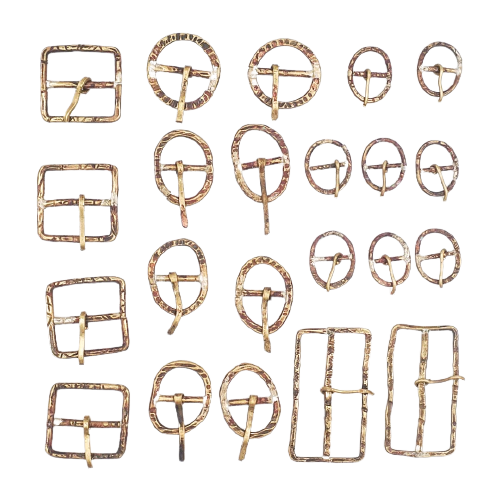
The reason why your shoe making sparked such an interest in me, personally, revolves around this core concept of ‘where do I stand?’. I know that you grew up queer in rural Queensland, which would consequently have an impact on your personhood. How has your understanding of where you stand/belong changed since having now produced your own pair of shoes?
When I go back to Gladstone and my upbringing, looking through the lens of the 2D shoe dimension, there is lots of sporty shoes, lots of Vans, lots of thongs; everything is bitumen, big football fields, in my sort of conjured memory. I don’t see any relationships there, it feels very dissonant and not lively. I think that with my shoe making project, I am imagining that world being different. It is my world now. It is urban now, we are in the city, there are all sorts of spaces. There are dance floors, studio spaces, parks, different streets. What I want to imagine is, looking at that cascade of walking feet and there is diversity. Something that I really love the idea of is community. My body wasn’t connected with people in Gladstone. I probably wanted to express myself and my own individuality and have that be celebrated, but I was reduced to this uniform of ‘regional sporty’; it was the only thing that was accepted. But now, as I see my project emerging in my community in Brisbane and underpinning that is the fact that I have weird and wonderful humans all around me. People that I love and feel so safe around; I can be as crazy as I want to be in terms of my expression and my identity. As a wearable object maker, I get to create a new network of expression. I love the idea of the ‘JB’s’, which is a thing that has been coined by my friends. The Joseph Botica’s. It is a very indulgent, almost narcissistic idea and it’s not about me controlling; I want to be someone that you can come to, to get a fully bespoke pair of shoes that makes you feel completely you. I imagine a dance floor, and so many different dancing feet that are each so individual but they are also connected in their individuality. I am sort of a technician for someone’s own bespoke fantasy. When I think of the shoes I want to create, I want them to disrupt the endless flow of uniform factory-made shoes. I want their wearers to be in full control.
Ethically, how do you source your materials? You mentioned the ‘last’ alone is an expensive necessity for shoe making, so I can’t imagine the cost of the process as a whole.
I think initially, my primary focus was not to let ethics stop me from exploring. Things like, I have to use leather. Vegan leather isn’t the same. The actual physical abilities of leather are unmatched. That was one thing I had to say, okay for now I am going to use leather. My leather is always from Europe, I don’t want to use leather that is the product of animal agriculture on stolen land in so called Australia. I don’t want to use kangaroo leather, for the same reasons. What I am most interested in, is the ethics of labour. One thing I can affirm, in the labour of the production of the shoe, it has been produced ethically. Being able to do that, and being able to support myself. I think, that is the first step to proving a point about ethical fashion.
What’s next for Joseph Botica?
I think that this is the first step, in regards to my own shoes, that I can wear. I want to explore my identity and the facets of my identity by making a lot more styles. Once I have mastered more silhouettes for myself, I will be able to open commissions for other people to have more options. I’m imagining making myself a lot of shoes this year. I want it to be a complete novelty. I want to have every colour. For spring, I want to have flower shoes. For autumn, I want a spooky pair of shoes. I want to be so silly and ridiculous, but also be high camp, high fashion. The self-expression of ‘where I stand’, I know that now. I need to now think about where do I want to stand, how do I want to stand, do I want to stand in the same place all the time? That is an ongoing process for myself. I want to explore more my ability to access bespokeness as an internal cycle of being the maker and wearer. I’m slowly letting people in as well, and then they will be able to indulge as well.
Thank you to Joseph for sitting down with Demure, and giving us a little glimpse into their weird and wonderful mind.








